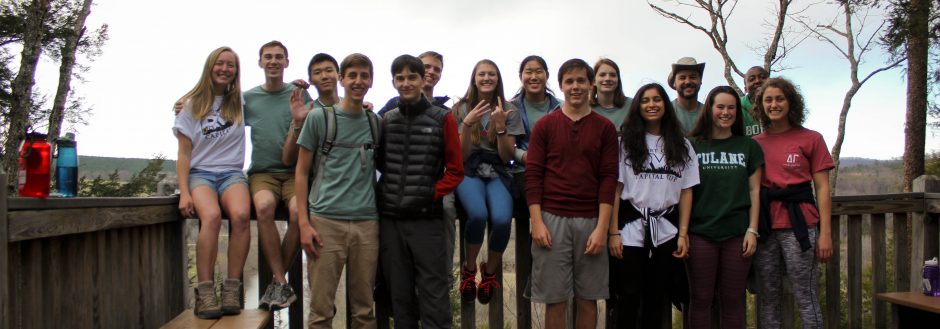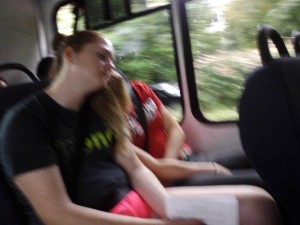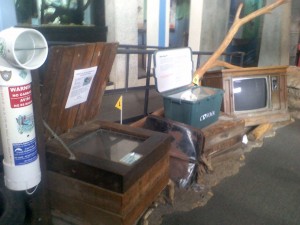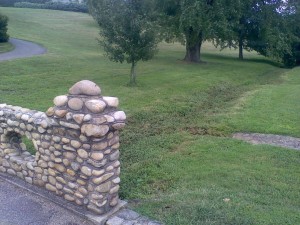One of the things that I wish I had done more often last year was get off campus. The city of Richmond has so much to offer and to take advantage of, including the wonderful James River.
Over the summer, when I was staying on campus to do summer research with Dr. Malcolm Hill, my nights were often free. My friends and I rejoiced in this free time and made it our mission to explore the city, specifically the River. We spent many an afternoon relaxing on the Flat Rocks on the Southside of Belle Isle. We even explored and made it all the way across the river to Belle Isle Dam on the western side of the island. I thought I had seen it all.
Such was my exposure to the area prior to this weekend. But this weekend offered two trips to 7th and Tredegar that gave me a new perspective and a new appreciation for the island and the River.
The most enlightening, and simultaneously fun, experience was the James River Association’s Annual Splash ‘N Dash. We arrived at the volunteer check-in tent promptly at 2:30 and retrieved our neon yellow vests. Soon, after the initial chaos of registration, we were instructed to cross the footbridge and make our way to the island to receive our assignments. Even though we were on the footbridge just days before on our tour of Brown’s Island, I had never actually crossed onto the northern side of the island. What awaited me was spectacular.
Belle Isle itself is crisscrossed with many walking trails, but in this case participants were running them as part of the 5k. Just moments before the race began we had to run to our spots, following the volunteer leader. For the next 2 hours or so I stood alone amongst the foliage instructing runners to go “that way and around the building” (referring to the abandoned power plant) and cheering them on.
Following the last two runners, we were instructed to walk the first half of the course and remove all of orange tape that marked the course. The first leg of the course ran the length of Belle Isle on the northern side. As we walked, we were able to view Hollywood Cemetery across the river, some kayakers daring to run the Class IV rapids, an artist painting an acrylic landscape of the River, and plenty of sunbathers, children, and dogs playing on the rocks in the river. The next leg of the course ran up the hill, where were saw the quarry. This really put the history of Belle Isle in perspective, reminding us that it was initially used as a prison camp during the Civil War, but then was later home to a granite quarry, Old Dominion Iron Works, and a hydroelectric power plant. Nowadays, however, we all use it as a place to relax by the river, walk on the trails, or explore and appreciate the nature on the island.
Exploring Brown’s Island, learning about the history of the River, and seeing the history on Belle Isle itself, was a very rewarding experience. I really enjoyed getting the opportunity to see a different side of the James River Park System. And to think, there is so much more to explore!







